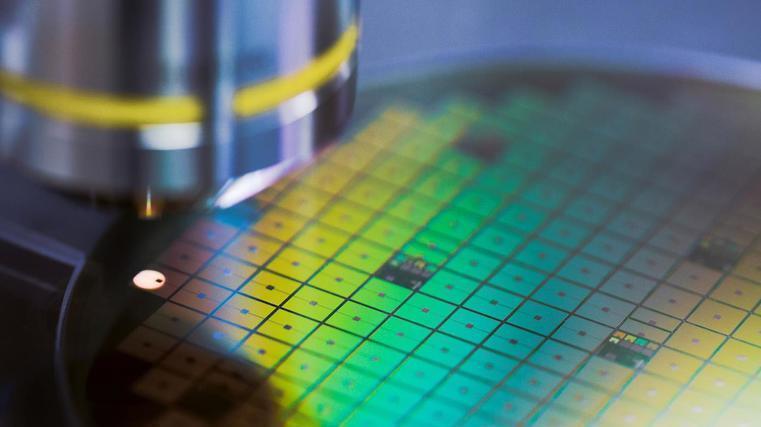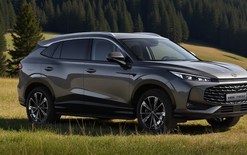Chip crisis eases in US

The global microchip shortage has disrupted the car industry’s supply chain for the past three years with manufacturers having to cut millions of vehicles out of production plans.
Now, with the industry entering its fourth year since the start of the coronavirus pandemic, the shortage is easing into the background with many new-vehicle inventories recovering.
But what has happened has forced companies to reimagine their procedures with some having to prioritise production of higher-margin models over entry-level variants.
According to AutoForecast Solutions, reports Automotive News, 10.56 million vehicles were removed from production schedules in 2021, along with 4.39m cuts in 2022. About 2.47m units were axed from factory schedules worldwide in 2023, most in the first half of the year.
When the semi-conductor shortage began in late 2020 and early 2021, the car industry was caught out. Suppliers, struggling to keep up with a demand surge after Covid-19 shutdowns, prioritised where to allocate their production with consumer electronics and other industries taking top priority.
Tech giants proved more willing and able to shell out big money to maintain their chip access, and the semi-conductors they called for were generally newer designs. Car companies, with their slim margins and reliance on more mature technology, had to second fiddle.
“The first thing that stands out, looking back at the semi-conductor shortage, is the arrogance of the industry,” says Sam Fiorani, vice-president of global vehicle forecasting at AutoForecast Solutions.
“The automotive industry for a century has seen itself as very important, but also very important to its own suppliers. Automakers are not used to playing second fiddle to anyone. They have realised they are not the most important customer when it comes to chips.”
Inventories of new vehicles plummeted in the US largely due to the lack of chips, along with other supply-chain issues in the wake of Covid-19, falling to a low point of less than one million units across the industry in the northern-hemisphere spring of 2021. A recovery began in the American summer of 2022 as supply-chain issues were resolved to increase production to about 2.5m in November.
Low vehicle inventory levels put a cap on the industry’s new-vehicle sales even as consumer demand remained high. Reduced production and volatile assembly-line schedules saw suppliers’ profits drops.
Carmakers prioritised vehicles with high margins and high demand meant dealers had to put fewer incentives on car to get customers to buy them.
Despite the headaches of the chip shortage, the past few years have been some of the most profitable that marques and dealerships have seen and they hope to maintain high profits moving forward,
“Now automakers are realising that selling US$40,000-$60,000 vehicles doesn’t have to be offset by selling US$20,000 vehicles as well,” says Fiorani. “Profits are stronger because of it and assembly lines seem to be humming along fairly well. The only issue is that entry-level customers are relegated to the used-car market.”
That could provide an opening for new entrants into the US market to establish a foothold, adds Fiorani. “In all likelihood, it will be a Chinese company. Because of tariffs, that will require them producing outside of China, but that’s right around the corner.
“There are already Chinese manufacturers looking to produce in South Korea, in other south-east Asian countries and, more importantly to this market, they could easily open up a plant in Mexico.” Click here to read Automotive News’ story in full.





